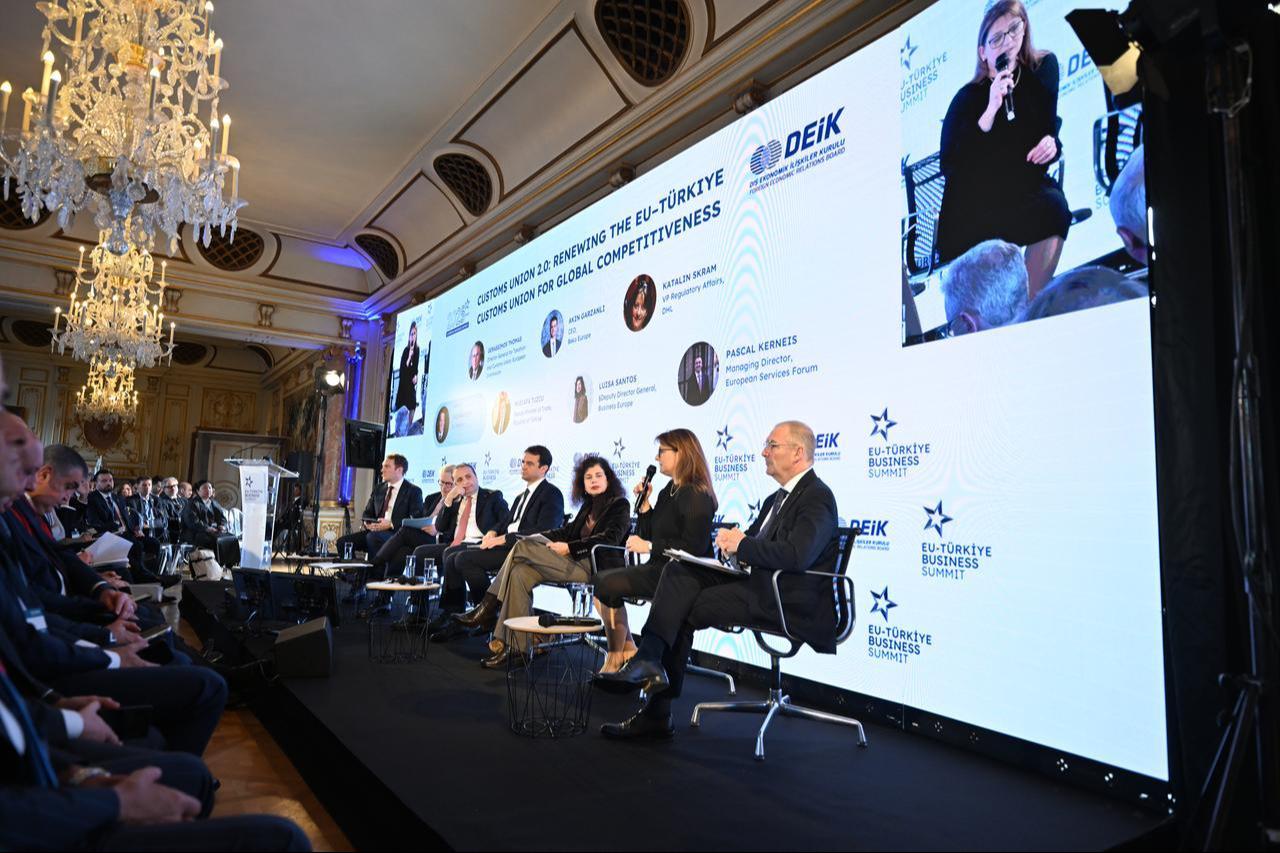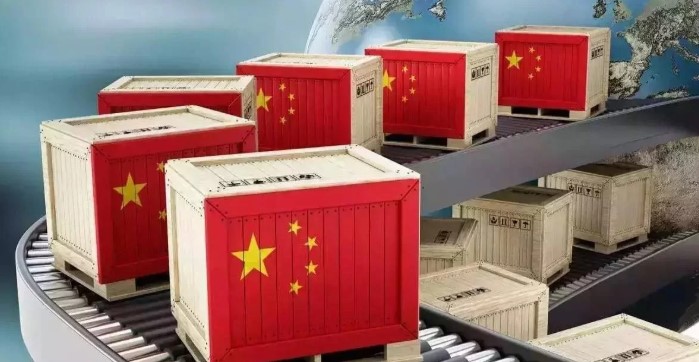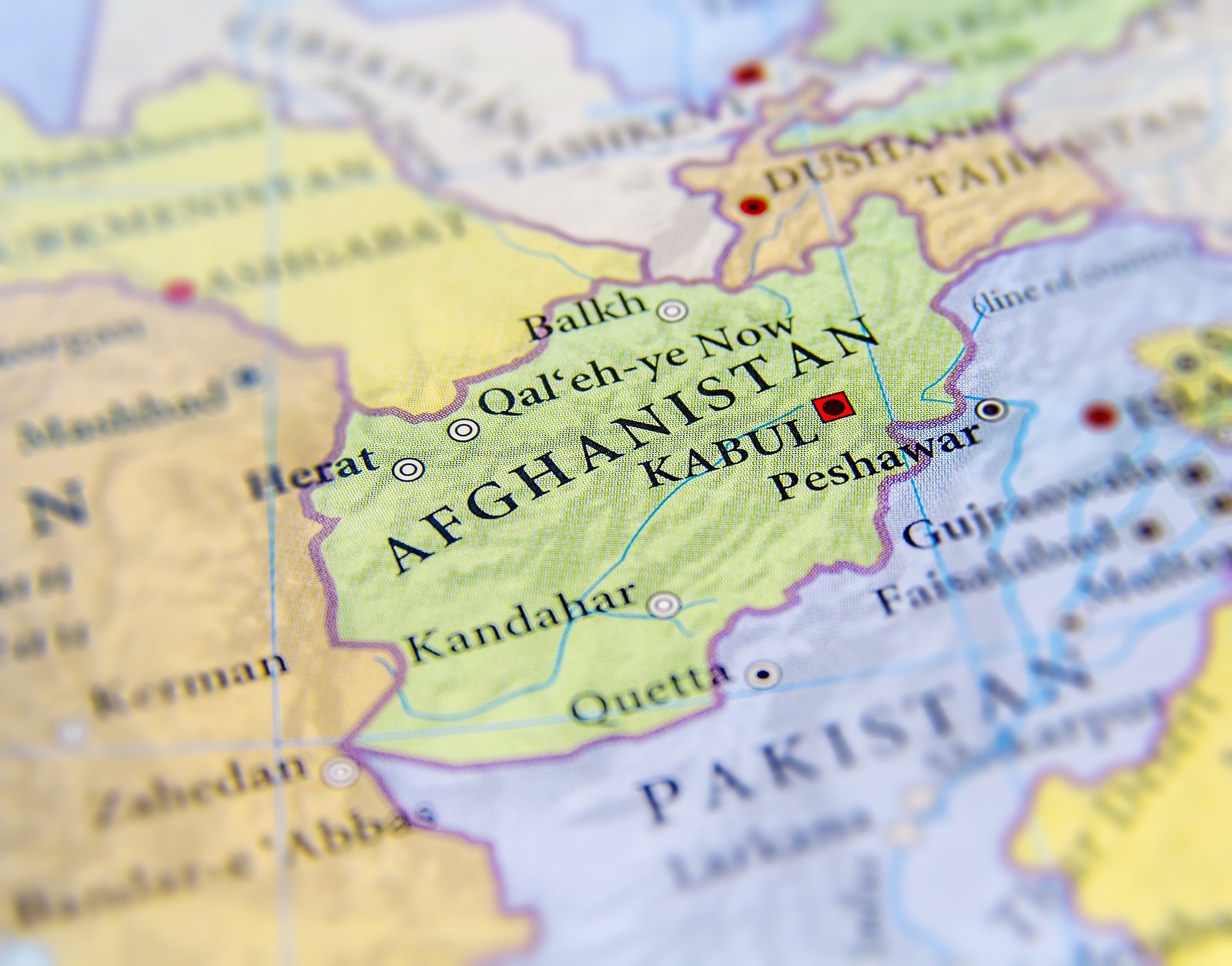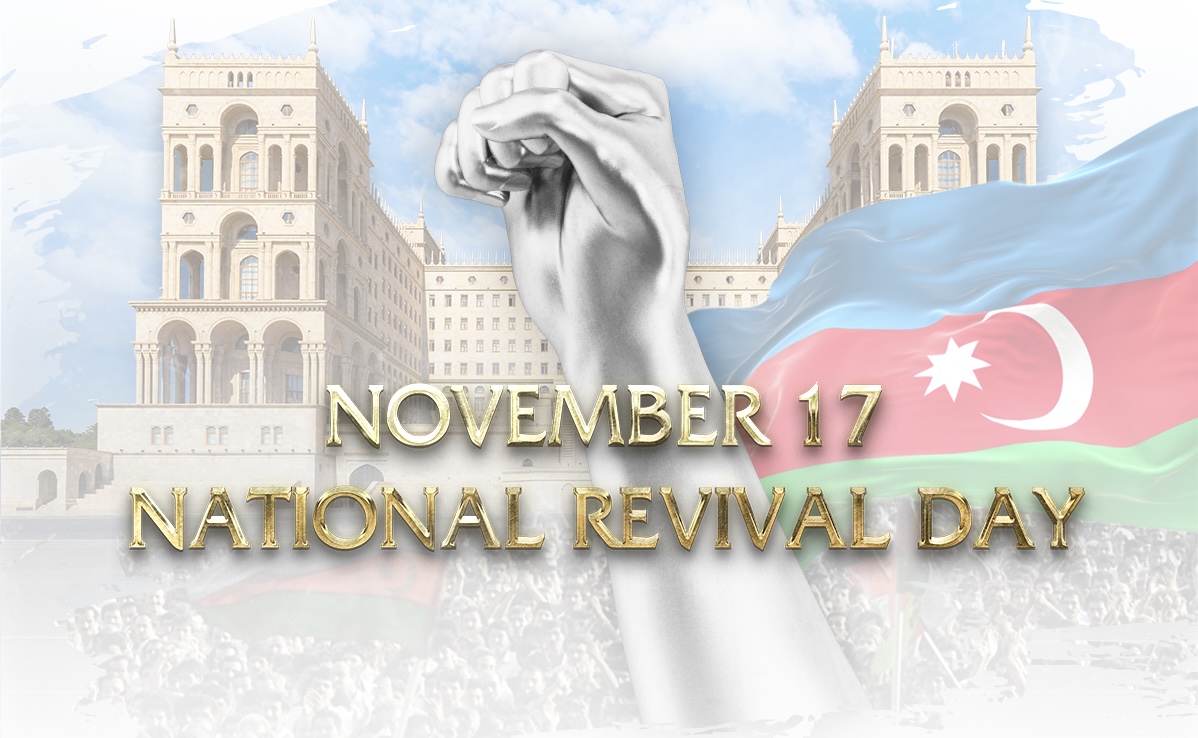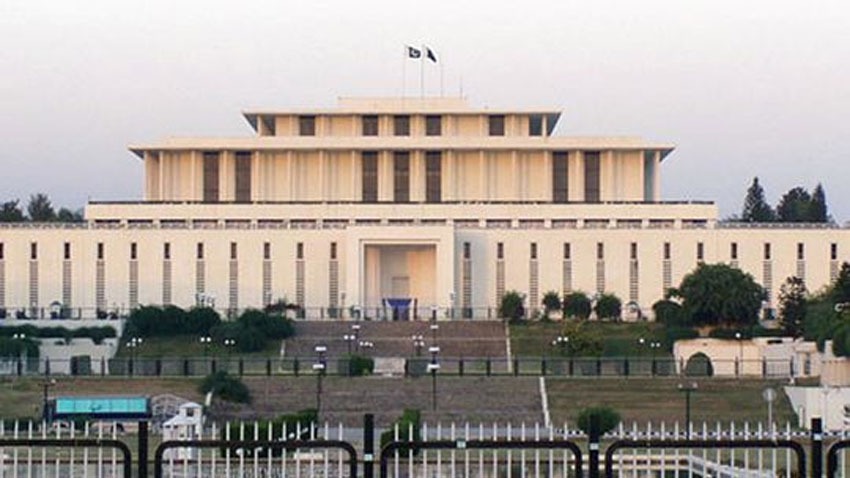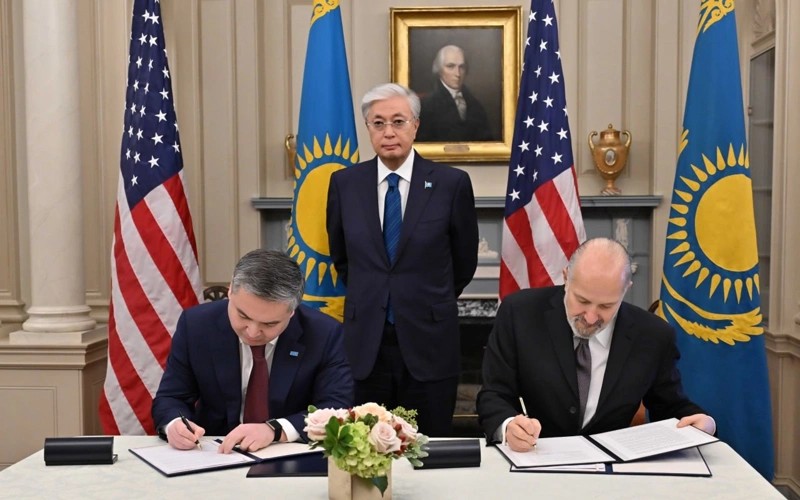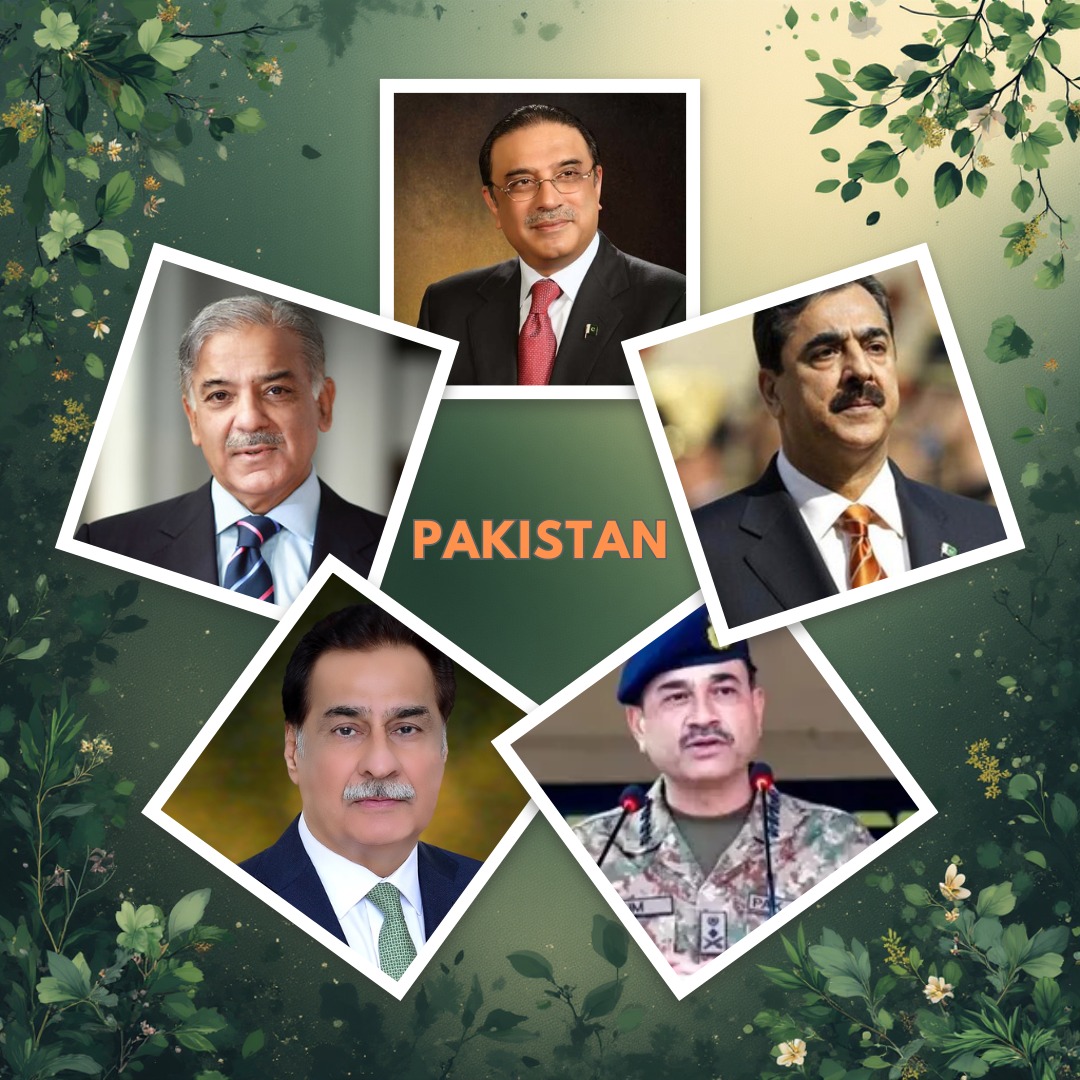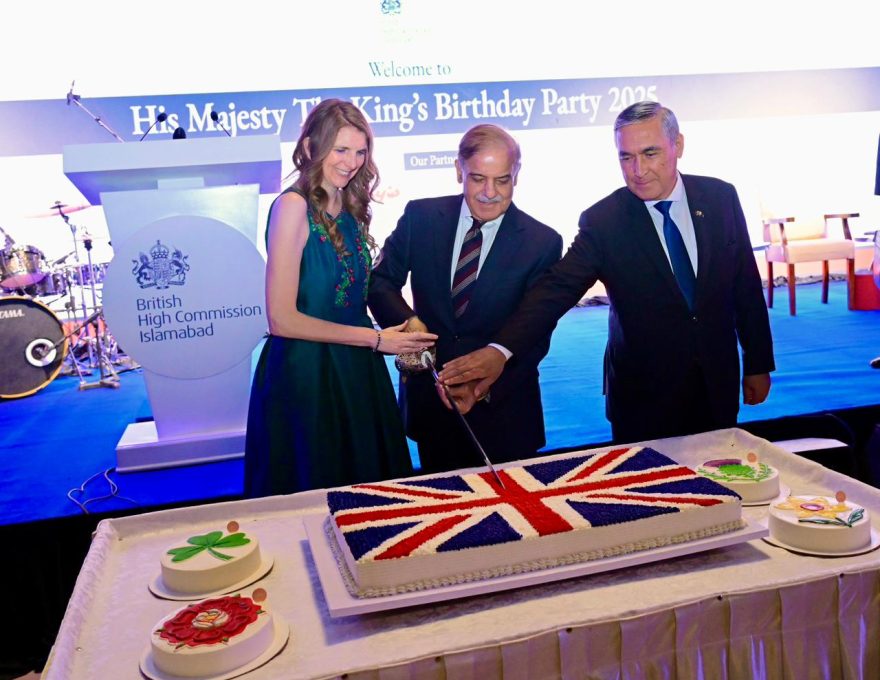Innovation has always been described as the lifeblood of civilization, the force that pushes humanity from one era into the next. Yet despite its celebrated status the origins of innovation remain deeply misunderstood. Too often, progress is attributed to sudden flashes of genius, chance accidents or singular moments of brilliance. These myths create the impression that creativity is a rare gift bestowed upon a select few rather than a universal human capacity that can be nurtured, structured and applied. While moments of inspiration do occur, they are only the visible surface of a much deeper process, a process shaped by how we interact with knowledge itself.
This article emerges not merely from academic reflection, but from personal experience hard-won insights gathered during real-world innovation and creativity projects in scientific and intellectual domains. Over the years, I found myself repeatedly confronting a paradox: the more I pursued answers and solutions through conventional means, the more I realized that the process of true innovation did not follow linear patterns nor did it arise from certainty or brilliance alone. It originated, almost always from the uncomfortable and often invisible terrain between what I already knew and what I could not yet grasp. This repeated encounter with ambiguity, contradiction and transformation became the foundation of the reflections shared here.
“Creativity and Innovation in the In-Between: The Logic of Discovery and the Unknown” is not a theoretical treatise in the traditional sense nor is it a self-help manual filled with tips and slogans. Instead, it is a deeply structured articulation of two emergent theories the “Theory of Innovation” which explores the conditions and process through which new knowledge and ideas emerge and the “Doctrine of Wisdom” which seeks to explain how humans can responsibly and meaningfully navigate knowledge across different domains of life.
The purpose of this article is to reframe how we think about innovation not as a spark of genius or an outcome of rigid planning but as an epistemic journey through three core dimensions of reality: the known, the unknown and the in-between. It aims to offer scientists, thinkers, creators and institutional leaders a cognitive and emotional map for where innovation is most likely to occur and why it often fails. This exploration is especially vital in our time when the problems we face are increasingly complex, interconnected and unfamiliar.
The objectives of this article are threefold:
- To provide a foundational understanding of the architecture of innovation through the lens of the “in-between “a conceptual and psychological space that bridges certainty and discovery;
- To equip readers with a mind-set and method for navigating ambiguity, contradiction and emerging insight in personal, scientific and organizational contexts; and
- To lay the groundwork for two original theoretical frameworks one that explains how innovation arises (the Theory of Innovation) and one that guides how to apply knowledge wisely (the Doctrine of Wisdom).
The background context for this inquiry is the growing realization among scientists, researchers, educators and policy-makers alike that traditional models of knowledge rooted in linear problem-solving and rigid hierarchies are insufficient for today’s world. Global challenges from pandemics and climate change to technological disruption and societal polarization demand not only new tools but new ways of thinking and being. These challenges require us to dwell longer and more attentively in the ambiguous middle zone where established knowledge begins to break down and new insights have yet to fully crystallize.
What follows is not a distant commentary but a lived philosophy a synthesis of reflection, struggle and intellectual excavation forged through the very tensions that define the creative process itself. It is written for those who find themselves in transition: between the comfort of what they know and the uncertainty of what they must yet imagine. You may find yourself, even now in such an in-between. If so, this article is not only for you it is about you.
Additionally, this article seeks to reframe the way we think about creativity and innovation. Instead of treating them as isolated events or products of exceptional talent, we will explore them as systematic engagements with three fundamental domains of knowledge: the known, the unknown and the in-between. These domains are not abstract ideas; they are lived realities that structure how scientists make discoveries, how entrepreneurs launch new industries, how artists redefine culture and how policymakers navigate crises. Understanding how these domains interact provides a roadmap for how innovation emerges, why it sometimes fails and how we might deliberately cultivate it.
The central argument of this article is simple yet transformative: innovation does not occur at the extremes of certainty or ignorance. It does not emerge solely from what we already know nor from blind leaps into the unknown. Instead, it arises in the “in-between” a dynamic, ambiguous space where the boundaries of knowledge tremble, where contradictions surface and where intuition and evidence wrestle for coherence. This in-between is uncomfortable often resisted and poorly understood. Yet it is precisely here that humanity’s most significant breakthroughs are born.
The implications of this perspective are profound. For scientists, it challenges the assumption that progress is linear, urging a recognition of anomalies and paradoxes as fertile ground for discovery. For innovators and entrepreneurs, it highlights the importance of experimenting with incomplete ideas and testing hypotheses at the edge of existing categories. For policymakers, it suggests that effective governance in the 21st century will require tolerance for uncertainty and the creation of systems that protect exploratory thinking rather than suppress it.
To ground this exploration, the article develops and elaborates my new theory “The Innovation In-Between Theory” a framework that explains how novelty emerges when the known and the unknown intersect. Alongside this, it introduces the concept of “navigational wisdom”, the deeper virtue that enables individuals and institutions to act meaningfully in uncertain conditions. These ideas will be illustrated with historical, technological and social examples from Einstein’s theory of relativity to Apple’s invention of the iPhone, from restorative justice movements to contemporary responses to climate change.
Ultimately, the aim is to provide innovators, scientists and policymakers with not just an intellectual theory but a practical compass: a way of recognizing the in-between when they encounter it, of dwelling in its discomfort and of guiding its potential toward meaningful outcomes. In a world increasingly defined by unpredictability and complexity, the ability to navigate the in-between may prove to be the most important skill of all.
The Architecture of Knowledge
To understand how innovation arises, we must first understand the terrain on which it operates. Human experience unfolds within three interconnected domains of knowledge: “the known”, “the unknown” and “the in-between”. These are not abstract philosophical categories; they are cognitive and social realities that shape how we perceive problems, imagine solutions and ultimately generate progress. Every discovery, invention or creative act takes place within this triad whether consciously recognized or not.
The Known
The “known” is the realm of certainty, the foundation of accumulated human understanding. It encompasses established facts, scientific principles, proven technologies, cultural traditions, and institutional systems. This is the territory where we feel safe, where results are predictable, and where decisions are made with confidence. Artists rely on knowledge of colour and form; engineers draw upon the laws of physics and the properties of materials; policymakers lean on historical data and tested policies. Without the known, creativity would be impossible, it provides the tools and the language through which we engage with the world.
Yet the known, while necessary is also limiting. Its strength becomes its weakness. Because it offers stability and predictability, it can seduce us into repetition encouraging incremental improvements rather than bold leaps. A society that worships only the known becomes stagnant clinging to what has already been achieved rather than daring to imagine what could be. This is the paradox innovators must confront: the known is both the starting point for creativity and the cage that restricts it.
The Unknown
On the opposite end lies the “unknown” the vast frontier of unsolved mysteries, unimagined possibilities and questions not yet articulated. It is the realm of the undiscovered cure, the unbuilt technology and the unexplored idea. For scientists, it may be the unanswered puzzle at the edge of a theory. For policymakers, it may be the unpredictable consequences of a global crisis. For entrepreneurs, it may be a market that has not yet been conceived.
The unknown can feel daunting even frightening. It is associated with risk, ambiguity and failure. But it is also the richest source of progress. If everything were already known, humanity would have no reason to push forward, every disease cured, every challenge solved and every invention perfected. Innovation would not slow; it would cease entirely. The existence of the unknown is not a flaw in human systems; it is the very reason new systems can continue to emerge.
History offers countless reminders of this truth. Before the discovery of penicillin, the unknown contained the possibility of antibiotics. Before the internet, it contained the vision of a connected world. Before renewable energy technologies, it contained the hope of sustainable power. Each of these unknowns eventually became known, expanding the boundaries of human capability. The unknown is not emptiness, it is potential waiting to be recognized.
The In-Between
Between these poles lies the “in-between”, the zone where knowledge bends and transformation begins. It is not pure certainty and not pure ignorance but a liminal space where anomalies appear, contradictions emerge and fragments of new ideas begin to assemble. In this space, intuition collides with evidence and imagination wrestles with data. It is rarely comfortable. It resists clear rules, predictable timelines and simple answers. Yet it is precisely here that innovation is born.
The in-between is where scientists notice experimental results that don’t fit existing theories where entrepreneurs see unmet needs not captured by current markets, where policymakers confront crises that traditional models cannot resolve. It is the messy middle, where existing frameworks fail but new ones have not yet crystallized. To remain in this zone requires tolerance for ambiguity, patience with contradictions and courage to explore without guarantees.
An example of the in-between can be seen in the early days of space exploration. Engineers in the mid-20th century did not yet know if rockets could sustain controlled thrust or if humans could survive outside Earth’s atmosphere. The known provided Newtonian mechanics and industrial technologies. The unknown held the dream of reaching beyond the planet. The in-between was the painstaking work of experimentation test flights, failures, recalibrations that eventually produced the Apollo missions and the moon landing. Without dwelling in this uncomfortable middle ground, the leap from earthbound existence to space exploration would have been impossible.
The Dynamic Relationship
It is important to see these three domains not as static categories but as a dynamic cycle. What is known today was once part of the in-between. What lies in the in-between today may become tomorrow’s established knowledge. And beyond the horizon of the known, new unknowns will always beckon. This cycle ensures that innovation is never a one-time achievement but an ongoing process of discovery, transformation and expansion.
For innovators, scientists and policymakers recognizing this architecture of knowledge is essential. It reminds us that certainty is not the final destination, ignorance is not failure and ambiguity is not weakness. Rather, they are interdependent stages in the ongoing logic of discovery. The challenge is not to eliminate the unknown or to cling too tightly to the known but to learn how to navigate the in-between with wisdom and courage.
The Innovation In-Between Theory and Its Applications
The Innovation In-Between Theory challenges the conventional idea that creativity happens either through mastery of what is already known or by venturing into completely uncharted territory. Instead, it argues that innovation emerges in the tension between certainty and ignorance in a fertile zone where contradictions, anomalies and half-formed ideas coexist. This in-between is not a passive gap; it is an active crucible of transformation where the building blocks of novelty are assembled.
The Crucible of Creativity
The known provides material: facts, tools and tested methods. The unknown provides direction: aspirations, mysteries and unresolved questions. But the in-between is the crucible where the two interact, collide and recombine into something new. It is not enough to master what is known or to dream of what is unknown. Innovation requires the capacity to stay in the uncomfortable middle long enough for recombination to occur for hidden connections to reveal themselves and for new systems of thought or practice to take shape.
This perspective explains a paradox that has long puzzled observers of progress: why do some individuals, teams or nations innovate under constraints while others stagnate despite abundant resources? The answer lies not in how much knowledge or wealth they possess but in how effectively they engage with the in-between. Those who cling too tightly to established norms and methods fall into incrementalism optimizing existing systems without reimagining them. Those who leap recklessly into the unknown without grounding risk abstraction, fantasy and ineffectiveness. True innovators, by contrast accept the discomfort of ambiguity. They remain suspended in the in-between long enough to allow new configurations to emerge.
Scientific Applications
The history of science offers some of the clearest examples of the in-between at work. Einstein did not reject Newtonian mechanics outright. Instead, he studied its limits and anomalies phenomena such as the behaviour of light and the orbit of Mercury that did not fit within the known framework. By dwelling in this tension, he eventually formulated the theory of relativity expanding the known into a new conceptual order. His innovation was not a leap from ignorance but a patient interrogation of the in-between between what was established and what could not yet be explained.
Similarly, the discovery of DNA’s double-helix structure illustrates the power of the in-between. James Watson and Francis Crick did not start from nothing; they drew upon chemistry, X-ray crystallography and biology. Yet the breakthrough came not from established knowledge alone nor from wild speculation but from integrating fragments of data and intuition that seemed contradictory at first. The result was a synthesis that transformed biology and medicine.
Technological Applications
Technology, too is shaped by this dynamic. Consider the invention of the iPhone. Apple did not simply produce a better mobile phone. Instead, it combined elements from diverse domains music storage from the iPod, touch-screen interfaces from computing research and communication technologies from mobile telephony. These elements already existed in the known. The unknown was the idea of a device that could merge them seamlessly into a single ecosystem. The in-between was the messy experimental process that connected these dots: failed prototypes like the Newton, partial successes like the iPod and years of reimagining what users actually needed. The iPhone was born not from mastery of a single category but from Apple’s willingness to dwell in the liminal space between categories.
Other examples abound. The development of renewable energy technologies like wind and solar did not emerge fully formed. Engineers had to wrestle with contradictions, how to balance efficiency and cost, how to integrate intermittent power into existing grids and how to scale technologies without destabilizing economies. These problems could not be solved within the comfort of the known nor through ungrounded speculation. They required persistence in the in-between. Today, these technologies are reshaping global energy systems but only because innovators stayed long enough in the crucible of ambiguity to create workable solutions.
Social and Policy Applications
The in-between is not confined to science and technology; it is equally vital in social and political innovation. Consider the rise of restorative justice as an alternative to punitive legal systems. Traditional models of justice (the known) prioritized punishment and deterrence but they often failed to heal communities or reduce crime. The unknown contained the possibility of justice systems cantered on healing, dialogue and reintegration. The in-between was the difficult work of experimenting with new practices facilitating dialogues between offenders and victims, integrating indigenous practices and confronting ethical dilemmas without clear precedents. Today, restorative justice is transforming legal systems around the world but its origins lay in the discomfort of the in-between.
Policymaking in the face of global crises also illustrates this logic. During the COVID-19 pandemic, governments could not rely solely on the known (existing healthcare systems and standard procedures) nor could they act on pure speculation. They had to navigate the in-between testing interventions like social distancing, lockdowns and vaccination strategies in real time learning from successes and failures and adapting policies as knowledge evolved. The nations that managed this process most effectively were those that tolerated ambiguity, adjusted flexibly and treated uncertainty as a space for experimentation rather than paralysis.
The Lesson of the In-Between
Across these domains, the lesson is consistent: innovation does not happen by clinging to certainty or leaping blindly into ignorance. It happens in the in-between through persistence in ambiguity, courage in contradiction and openness to emergent meaning. The Innovation In-Between Theory thus provides not only a descriptive model of creativity but also a prescriptive guide: if we want to cultivate innovation, we must protect and nurture the conditions of the in-between.
The Cognitive and Psychological Demands of the In-Between
Dwelling in the in-between is neither simple nor comfortable. It demands mental agility, emotional endurance and a willingness to delay closure in a world that often craves quick answers. Many creative ideas and innovations fail not because the concepts are inherently flawed but because their creators cannot withstand the discomfort of ambiguity long enough for insights to mature. The in-between requires a set of psychological and cognitive skills that can be cultivated but are rarely emphasized in education, leadership or organizational culture.
Cognitive Flexibility
At the heart of innovation lies cognitive flexibility, the ability to shift perspectives, reframe problems and view situations from multiple angles. In the in-between, contradictions are common and familiar solutions often fail. Innovators must resist the temptation to force new data into old frameworks instead allowing their thinking to adapt and reshape itself.
Take the case of Charles Darwin. His observations of finches in the Galápagos Islands contradicted the established assumptions of species stability. Instead of ignoring the anomalies, Darwin allowed his mind to reframe the problem, eventually leading to the theory of evolution by natural selection. This shift required immense cognitive flexibility as he moved beyond traditional paradigms into a new explanatory framework that has since shaped all of biology.
In today’s context, cognitive flexibility is equally critical for policymakers navigating issues such as climate change or artificial intelligence. These problems defy singular perspectives they demand integration of science, economics, ethics and culture. Leaders who can hold multiple perspectives simultaneously are more likely to generate adaptive and innovative policies.
Emotional Resilience
The in-between is also emotionally taxing. It is a zone of uncertainty where results are unpredictable and progress often feels slow. Emotional resilience,the capacity to endure frustration, failure and ambiguity without giving up is therefore indispensable.
Consider Thomas Edison, who famously tested thousands of filament materials before arriving at a practical electric light bulb. Each failure could have been a reason to abandon the project, yet Edison reframed setbacks as steps in the learning process. His emotional resilience allowed him to persist in the in-between until success emerged.
Similarly, scientific teams working on vaccines for new viruses face countless dead ends before identifying viable candidates. The rapid development of COVID-19 vaccines, for example was not a product of sudden genius but of years of persistence by researchers who endured uncertainty and setbacks in the in-between of biomedical research.
Reflective Patience
A third requirement is reflective patience, the discipline to let ideas incubate without rushing prematurely to closure. The human mind prefers certainty and teams under pressure often settle for the first plausible answer rather than allowing time for deeper solutions to form. This tendency toward premature convergence is one of the greatest threats to innovation.
The Wright brothers exemplify reflective patience. Before their successful powered flight in 1903, they spent years experimenting with glider designs, testing wing shapes and learning from failure. They resisted the urge to rush into full-scale powered attempts until they had thoroughly understood aerodynamics. Their reflective patience allowed them to refine insights gradually leading to one of the greatest technological leaps of the 20th century.
Reflective patience also matters in policy contexts. Consider the post–World War II creation of the European Union. Leaders could have rushed to impose rigid political integration but instead they allowed gradual development through trade agreements, shared institutions and iterative treaties. This patience created space for trust and cooperation to mature eventually yielding one of the most significant peacebuilding innovations in modern history.
Why These Traits Are Rare
Despite their importance, these capacities are often undervalued in modern systems. Schools reward right answers rather than exploratory thinking. Businesses prioritize short-term profits over long-term exploration. Political systems demand confident declarations rather than open-ended inquiry. As a result, individuals and institutions are conditioned to avoid the in-between, preferring the safety of the known or the fantasy of the unknown.
This cultural bias explains why many promising innovations collapse before reaching maturity. Teams retreat to the known because it is measurable and secure or they leap into speculation unanchored from reality. Both paths bypass the difficult but fertile process of letting ideas gestate in the in-between. The few who succeed are often those who resist these systemic pressures, cultivating resilience, flexibility and patience despite cultural resistance.
The Human Cost and Reward
Living in the in-between is cognitively demanding and emotionally draining. It lacks clear rules, resists fixed timelines and often feels like wandering in the dark. Yet it also carries immense rewards. The most original ideas, the breakthroughs that reshape societies, emerge precisely from this discomfort. They are not lightning bolts from the sky but the product of sustained engagement with ambiguity, contradiction and partial insight.
For innovators, scientists and policymakers, this is both a challenge and an invitation. The challenge lies in confronting the psychological barriers that make the in-between so uncomfortable. The invitation lies in recognizing that the discomfort itself is a signal of proximity to innovation. To endure it is to participate in the birth of the new.
Systemic and Institutional Implications
The Innovation In-Between Theory is not only a framework for individual creativity but also a powerful lens for understanding how systems whether schools, organizations or governments either foster or suppress innovation. While individuals may occasionally succeed through sheer resilience and talent, sustained societal progress depends on institutions that deliberately create conditions for exploration in the in-between. Without systemic support even the most brilliant ideas can wither before reaching maturity.
Education: Cultivating Comfort with Ambiguity
Educational systems often prioritize the known: memorization, correct answers and standardized assessments. While these methods provide foundational knowledge, they also cultivate aversion to ambiguity. Students are rewarded for certainty, penalized for mistakes and rarely encouraged to dwell in open-ended inquiry. The result is a generation of learners trained to avoid the in-between.
Yet history shows that transformative ideas often begin as questions without clear answers. The problem of how to harness electricity, the mystery of human genetics, the challenge of social inequality these were not textbook exercises but in-between struggles that demanded curiosity and persistence. Education that emphasizes inquiry, experimentation and critical thinking prepares students to inhabit this space. Models such as project-based learning, design thinking and interdisciplinary curricula encourage learners to approach problems without predetermined solutions.
Finland’s education system offers a striking example. By focusing less on rote memorization and more on problem-solving, collaboration and creativity, it equips students with the cognitive flexibility needed to thrive in uncertain environments. Such approaches do not abandon the known but use it as a springboard into the in-between.
Organizations: Balancing Efficiency and Exploration
Businesses and organizations face a similar tension. On one hand, they must deliver predictable results, manage risks and satisfy stakeholders. On the other, they must innovate to survive in competitive and rapidly changing markets. Too often, the demand for short-term efficiency suffocates the long-term exploration required for breakthrough innovation.
Some organizations have learned to balance these demands by creating protected spaces for experimentation. Google’s famous “20 percent time” policy, which allowed employees to dedicate a portion of their workweek to personal projects produced products like Gmail and Google Maps. 3M similarly institutionalized a culture of experimentation that led to the accidental discovery of the Post-it Note. In both cases, organizations recognized that innovation does not thrive under constant pressure for certainty; it needs the breathing room of the in-between.
Conversely, organizations that suppress ambiguity often stagnate. Bureaucracies obsessed with predictable outcomes discourage employees from taking risks or exploring unconventional ideas. Over time, they may excel at efficiency but fail at adaptation leaving them vulnerable to disruption. The collapse of Kodak, despite pioneering the digital camera is a case in point. The company clung too tightly to the known film photography and failed to embrace the in-between of emerging digital technologies.
Governance and Policy: Embracing Uncertainty for Collective Progress
For policymakers, the in-between presents both the greatest challenge and the greatest opportunity. Political systems often reward decisiveness and punish hesitation. Leaders are expected to project certainty, even in the face of unprecedented crises. Yet governance in the 21st century requires precisely the opposite: the ability to tolerate uncertainty, test provisional solutions and adapt flexibly as knowledge evolves.
The COVID-19 pandemic highlighted this tension. Governments that treated uncertainty as a weakness were slow to act or clung rigidly to outdated measures. Others that approached the crisis as an in-between challenge experimenting with lockdowns adjusting strategies as data emerged and communicating honestly about uncertainty were better able to protect public health and maintain trust. Policymaking in such contexts cannot rely solely on the known or defer entirely to the unknown. It must dwell in the messy middle iteratively learning and adapting.
Climate change provides another example. Traditional models of governance are ill-suited to a problem that spans generations, crosses national boundaries and involves scientific, economic and ethical uncertainty. Effective responses require policies that create space for experimentation, pilot projects, international collaborations and adaptive regulations that can evolve as new knowledge emerges. The European Union’s Green Deal which invests in renewable energy and sustainable technologies while acknowledging the uncertainties of transition reflects an institutional attempt to navigate the in-between.
Cultures of Innovation: Protecting the Liminal Space
Ultimately, innovation thrives where institutions create cultures of tolerance for the in-between. Such cultures do not equate uncertainty with failure but recognize it as the birthplace of novelty. They provide psychological safety encouraging individuals to voice unconventional ideas without fear of ridicule or punishment. They establish structures, research labs, think tanks, innovation hubs that protect exploratory work from the immediate demands of efficiency or certainty.
Historical examples show the power of such institutional design. The Renaissance was not simply the result of individual genius but of cultural systems patronage networks, universities, printing technologies that created conditions for experimentation. Similarly, the Manhattan Project and the Apollo Program while controversial in their objectives, demonstrate how governments can mobilize resources to sustain innovation in the in-between. Both projects required immense tolerance for uncertainty, iterative testing and systemic support for exploration.
A Systemic Responsibility
The message for policymakers and leaders is clear: if societies wish to cultivate innovation, they must deliberately design systems that embrace the in-between. This means protecting spaces for ambiguity, funding long-term research that may not yield immediate results and fostering cultures that see failure as part of the process rather than evidence of incompetence. The in-between cannot be eliminated nor should it be feared. It must be institutionalized, supported and celebrated as the crucible of transformation.
Wisdom as Navigation and the Future of Innovation
At the heart of all innovation lies a deeper virtue: “navigational wisdom”. This is not the same as intelligence or expertise which manipulates information. Navigational wisdom is the capacity to sense where you are in the terrain of knowledge to know when to rely on the known, when to question it? And when to explore beyond it and when to step into the unknown? It is the ability to act meaningfully in uncertainty to resist premature closure and to remain open to what is still forming. It is the virtue that allows innovators to remain balanced in the in-between neither paralyzed by ambiguity nor reckless in speculation.
For innovators, then the most powerful mind-set is not mastery or genius it is “navigational wisdom”. It is the ability to recognize where you are in the map of knowledge to understand the kind of thinking the moment requires and to stay calm in the presence of unformed clarity. Innovation is not a destination. It is a way of moving through the world, one question at a time.
So when you find yourself unsure, stuck or uncertain do not retreat. You may already be in the in-between. Stay there. That is where the next idea is waiting.
This wisdom is foundational to two emerging theoretical domains: the “Theory of Innovation” which explores the processes and contents of discovery and the “Doctrine of Wisdom” which seeks to understand how we use knowledge in service of human flourishing. These theories intersect precisely in the in-between. Innovation without wisdom becomes reckless. Wisdom without innovation becomes inert. Together, they provide the dual compass for navigating complexity.
We live in an age defined by in-between ness. Politically, economically, ecologically we are suspended between the breakdown of old systems and the emergence of new ones. The future is not yet written but it is whispering. Those who can listen not with fear but with clarity will be its authors.
So, when you find yourself confused, uncertain or on the edge of what you understand pause. Do not retreat. You may already be in the in-between. That is where innovation lives. That is where tomorrow is being born.
Navigational Wisdom as a Compass
Navigational wisdom can be thought of as a compass for moving through the three domains of knowledge. In the realm of the known, it prevents complacency reminding us that certainty should not become stagnation. In the realm of the unknown, it guards against fantasy ensuring that our aspirations remain tethered to reality. And in the in-between, it provides the patience and courage to endure discomfort until new insights crystallize.
This quality was evident in the work of leaders like Nelson Mandela, who navigated South Africa’s transition from apartheid to democracy. The known was the entrenched system of racial segregation; the unknown was the possibility of a peaceful inclusive society. The in-between was the messy, fragile process of negotiation, compromise and reconciliation. Mandela’s wisdom lay in his ability to remain in this in-between space resisting both the lure of revenge and the fear of collapse until a new social order could emerge.
Innovation Without Wisdom, Wisdom Without Innovation
Innovation without wisdom is reckless. It can produce technologies that outpace our ethical capacity to manage them such as artificial intelligence systems deployed without safeguards or genetic engineering pursued without consideration of societal impacts. In such cases, the in-between is navigated blindly and the risks of harm outweigh the benefits of novelty.
Wisdom without innovation, on the other hand becomes inert. It may preserve stability but fails to respond to new challenges. Societies that value tradition without fostering creativity often struggle to adapt to crises becoming brittle in the face of change. True progress requires the synergy of innovation and wisdom ensuring that discovery serves human flourishing rather than undermining it.
A World Defined by the In-Between
Today’s global context underscores the urgency of navigational wisdom. Politically, economically and ecologically, humanity is suspended between the breakdown of old systems and the uncertain emergence of new ones. The industrial age is waning but the contours of the post-industrial world are not yet clear. Climate systems are destabilizing but sustainable alternatives are still being tested. Technologies like AI, biotechnology and quantum computing promise radical transformation yet their implications remain ambiguous.
We are collectively living in the in-between. The known no longer offers adequate solutions and the unknown is too vast to grasp in its entirety. What is required is the ability to inhabit this space responsibly to experiment without recklessness to question without despair and to build without illusions of certainty.
The Role of Institutions and Leaders
For innovators, scientists and policymakers, this means cultivating wisdom not just at the individual level but at the institutional level. Research institutions must balance rigor with openness to anomalies. Businesses must align profit with long-term societal value. Governments must design policies that are adaptive, iterative and informed by humility in the face of uncertainty.
For example, the European Union’s cautious but persistent pursuit of climate policies demonstrates navigational wisdom. Leaders acknowledge the uncertainties of economic transition yet they resist both paralysis and reckless exploitation. By framing climate policy as a journey through the in-between, rather than a quick fix, the EU positions itself to innovate responsibly in the face of planetary crisis.
Conclusion: Staying in the In-Between
Ultimately, the greatest challenge and opportunity of our time is learning to remain in the in-between. The discomfort of uncertainty is not a sign of weakness but of proximity to innovation. Those who cultivate navigational wisdom balancing the known, the unknown and the emerging will shape the future of science, technology and governance.
For innovators, the message is clear: breakthroughs rarely come from mastery alone but from courage in ambiguity. For scientists, anomalies are not errors to be dismissed but invitations to discovery. For policymakers, uncertainty is not failure but the crucible of adaptive governance.
So when we find ourselves confused, suspended between what we understand and what we cannot yet grasp, the temptation is to retreat to the safety of the known or the fantasy of the unknown. But wisdom tells us otherwise. It reminds us that we may already be standing in the in-between the very place where innovation lives and where tomorrow begins to take shape.

Renowned expert in the field of counter-radicalisation, known for his extensive work with various governments to solve complex challenges through knowledge based methods and out of box solutions.


